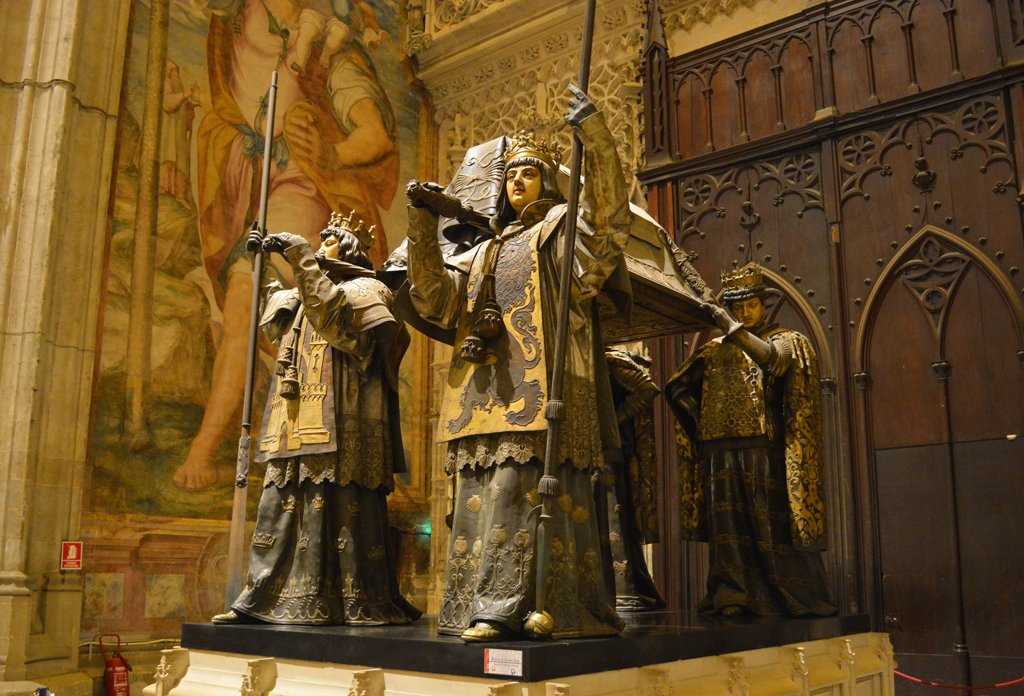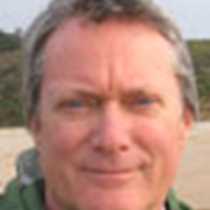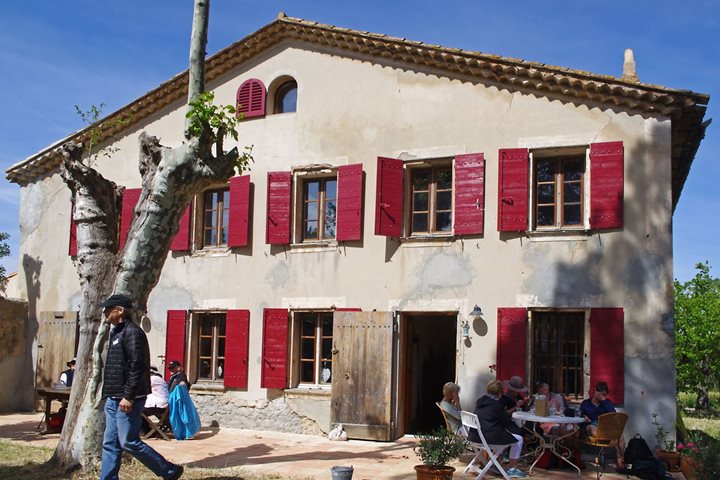Last evening Captain Garcyanov of the National Geographic Orion navigated us to Gibraltar while there was still light remaining in the western sky. Just after dusk the unmistakable profile of the famous headland came into view as dolphins raced in front of the bow and a rising moon flecked silver on the waves. Gibraltar’s colossal rocky forehead nodded to rounded mountains to the south: the looming coast of Africa. We slept in darkness through the Pillars of Hercules from the Mediterranean Sea into the Atlantic Ocean, hugging the coast to arrive in Cadiz where we awoke to a brilliant morning.
Most of us packed ourselves on buses for the two-hour ride to Seville for a full day walking tour. The first stop was the stunning Plaza de Espagna, a monumental semi-circle of elegant brick architecture with its lower levels paneled in a riot of colorful tiles that indicated the different districts and cities of Spain. The complex’s great tower reflected in the canal that arced through the wide plaza. Hawkers sold a rainbow of lacy fans off of sheets while the gypsy ladies offered bundles of rosemary in trade for coins.
Next it was to the old city with its crooked lanes filled with bodegas, cafes, and tapas bars, onwards to the Alcazar Palace with its Muslim-inspired decorations reminiscent of the Alhambra. Here, too, lovely gardens were appended, with hibiscus and blossoming orange trees. Brilliant oleander and jacaranda were also in full spring bloom.
The Alcazar’s courtyards and audience hall were like dreams of a long forgotten Orient, with decorations in Arabic calligraphy and tiles in complex geometric designs. Ceilings were done in wood parquetry, as if symbolizing the starry skies of heaven.
The Seville Cathedral was next—the largest Gothic cathedral in the world. Its bell tower was once the minaret of a great mosque during the Muslim period of Andalucía. While the minaret was topped by a Christian bell tower, the mosque was utterly destroyed for the triumphant architectural statement of the new Catholic regime. The columns, which once held up the low roof of the mosque were now in a row encircling the new building, each chained to the next to represent Christianity’s victory over Islam on the Iberian Peninsula.
The vaults of the cathedral were beautiful, fanning in ornate radial lines from atop gigantic columns. The altar is the largest in Christendom, over 20 meters high. Inside, too, was the purported tomb of Christopher Columbus, with four giant bronze pallbearers carrying his sarcophagus.
We had some free time to lunch in parks or in the many tapas bars. It was warm and the city was energized by the spring weather and the influx of new visitors. We ended the day by going to a Flamenco Dance Foundation where we were given a tour of the exhibitions and then a fantastic private Flamenco performance. The singer, the guitar player, and the dancers all showcased their impressive skills, both in turn as soloists and as an ensemble. It was an impressive display of the region’s most distinctive art form.




